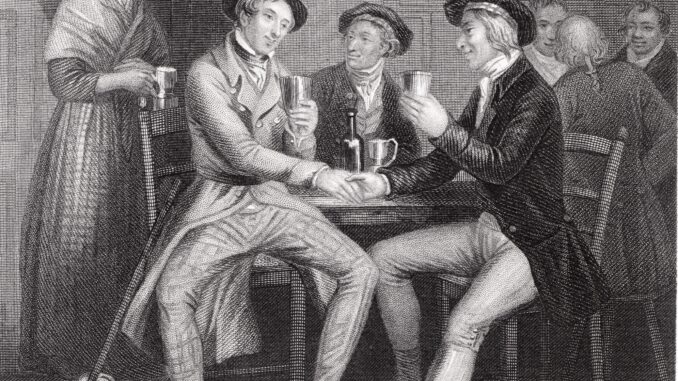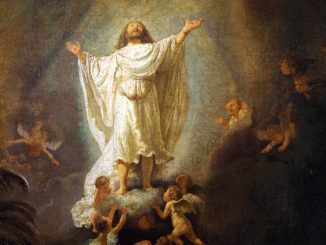
As we bid farewell to the challenges and triumphs of 2023, the familiar strains of “Auld Lang Syne” echo around the globe, transcending its Scottish origins to become an anthem of the New Year. Penned in the 18th century by Robert Burns, this traditional song captivates with its melody and resonates with profound themes. The themes of this traditional song echo the wisdom of the Bible and God’s calls for remembrance, self-reflection and timelessness.
While most renowned for its role at the stroke of midnight on New Year’s Eve, bidding farewell to the year past, “Auld Lang Syne” finds a place in a spectrum of gatherings and farewells, including funerals, graduations, and significant endings. The song was written as a Scots-language poem by Burns in 1788. In 1799, this poetic masterpiece was harmonized with a traditional tune that has since become synonymous with the poem itself.
The Scots title “Auld Lang Syne” translates into English as “old long since” or more loosely as “long long ago,” “days gone by,” or “times long past.” It’s a nostalgic nod to bygone days, with the phrase “For auld lang syne” in the chorus resonating as “for the sake of old times.” This translation captures the essence of the song – a tribute to the enduring nature of past relationships and experiences that shape our lives.
At its heart, “Auld Lang Syne” is a call to remembrance. Its opening lines, “Should old acquaintance be forgot, and never brought to mind?” urge us to hold onto memories of those who have touched our lives. This year, with significant technological advancements and pressing geopolitical challenges, the song’s message reminds us of our shared journey. It echoes the sentiments of Psalm 77:11: “I will remember the works of the Lord: surely I will remember thy wonders of old.”
But the song is more than a mere remembrance; it’s a celebration of community and fellowship. The chorus, “For auld lang syne, my dear, for auld lang syne, we’ll take a cup of kindness yet, for auld lang syne,” speaks of shared kindness and togetherness. This mirrors the biblical emphasis on community, as seen in Hebrews 10:24-25, which encourages us to “consider one another to provoke unto love and to good works: Not forsaking the assembling of ourselves together, as the manner of some is; but exhorting one another: and so much the more, as ye see the day approaching.” The song reflects our collective strength and unity.
The song also invites us to introspection and self-examination. As it prompts reflection on past times, it aligns with the biblical practice of self-examination, as advised in Lamentations 3:40 which urges us to “search and try our ways, and turn again to the Lord.” The end of the year, with this melody as its backdrop, becomes a time to assess our actions, aspirations and societal changes we have witnessed, reminding us of the value of looking inward.
“Auld Lang Syne” subtly touches on the concept of eternity. Its portrayal of the transient nature of time finds a parallel in the biblical perspective of the fleeting nature of life and the eternal nature of the divine. As James 4:14 poetically states, “For what is your life? It is even a vapour, that appeareth for a little time, and then vanisheth away.”
The song is finally an anthem of celebration. Its upbeat tempo and role in New Year festivities mirror the biblical concept of joy, as expressed in Psalm 150 as “Let every thing that hath breath praise the Lord. Praise ye the Lord.”. The act of singing “Auld Lang Syne” as the clock strikes midnight is not just a farewell to the old but a joyful welcome to the new.
As 2023 comes to a close, “Auld Lang Syne” urges us to embrace the past and the future with hope and unity. It’s a reminder of the enduring power of human connection and the continuous cycle of time, offering a moment of reflection, celebration and anticipation as we step into 2024.



